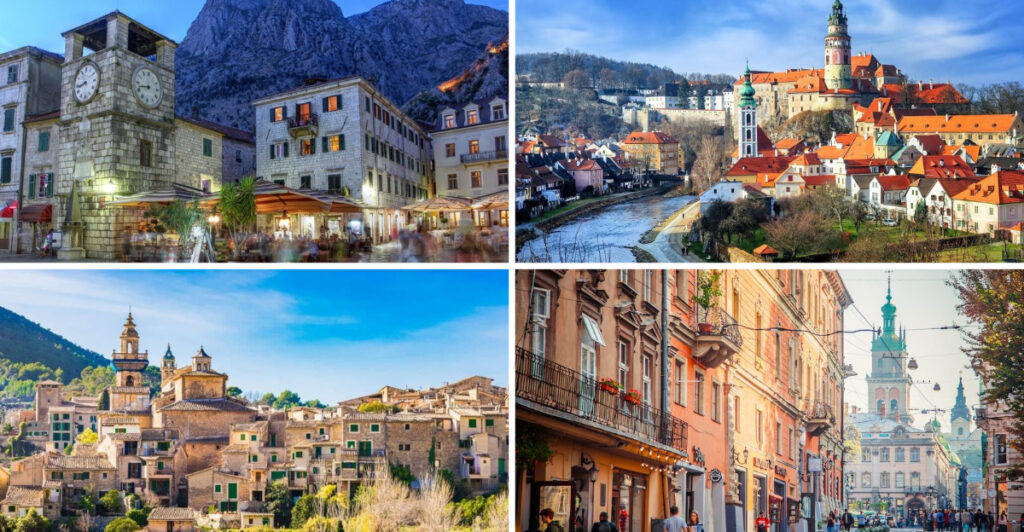While Paris draws millions with its romantic allure, Europe’s hidden gems offer an authentic cultural experience like no other. Journey with me through 17 lesser-known cities where history, charm, and vibrant local life await. Each city is a testament to the rich tapestry of European culture, revealing stories of the past intertwined with the pulse of the present. From the architectural wonders to the bustling markets, these cities will surprise you at every turn, offering a fresh perspective on the continent we thought we knew so well.
1. Kotor, Montenegro
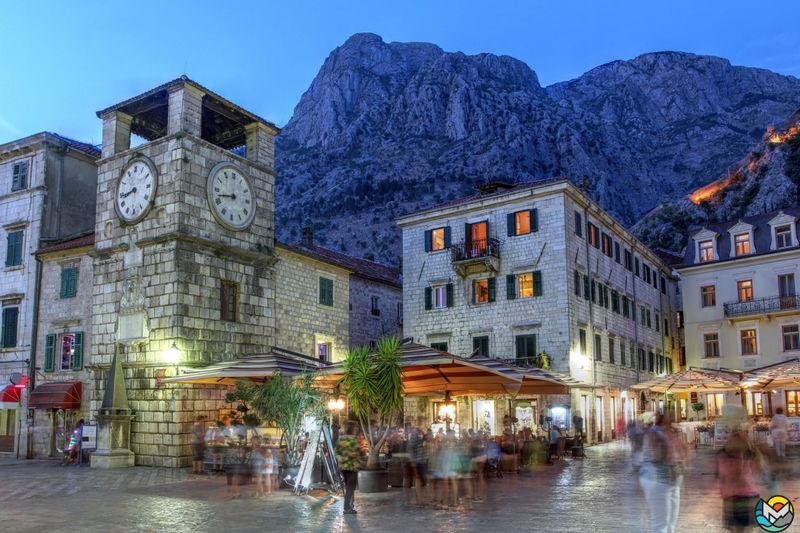
In the heart of Montenegro lies Kotor, a city surrounded by dramatic mountains and the azure Adriatic Sea. Wandering through its maze-like cobblestone streets feels like stepping back in time. The city’s medieval walls and stone towers stand proudly, whispering tales of ancient sailors and traders. Kotor’s vibrant local culture is palpable in its lively squares and bustling markets. Here, time slows, letting visitors savor each moment.
Did you know? Kotor hosts an annual summer carnival, where locals and visitors alike partake in colorful parades and dance under the stars.
2. Gjirokastër, Albania
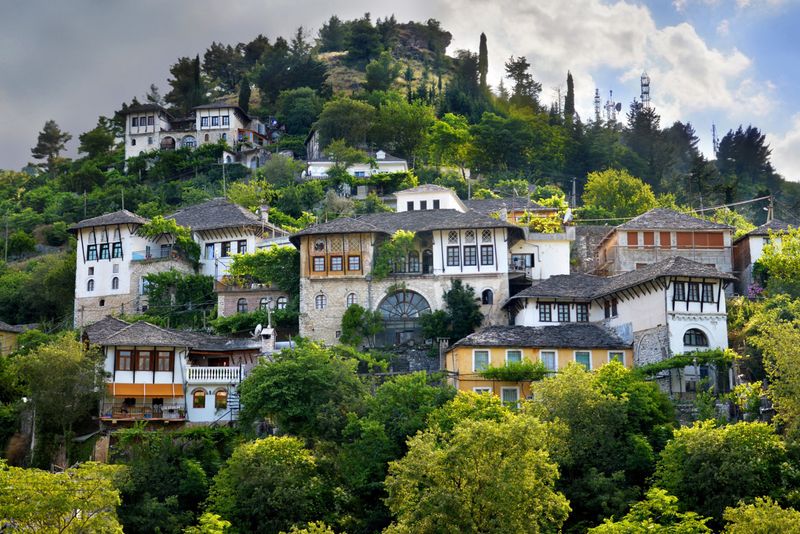
Gjirokastër, often referred to as the ‘City of Stone,’ is a captivating hillside town in Albania. Its Ottoman-era stone houses cascade down the hill, each telling stories of bygone eras. At the summit, the imposing Gjirokastër Castle offers panoramic views that leave visitors breathless. The town is a living museum, where history and culture interlace seamlessly.
A quirky fact: Gjirokastër was the birthplace of Albania’s former dictator, Enver Hoxha, whose former home is now a museum open to the public.
3. Lucca, Italy
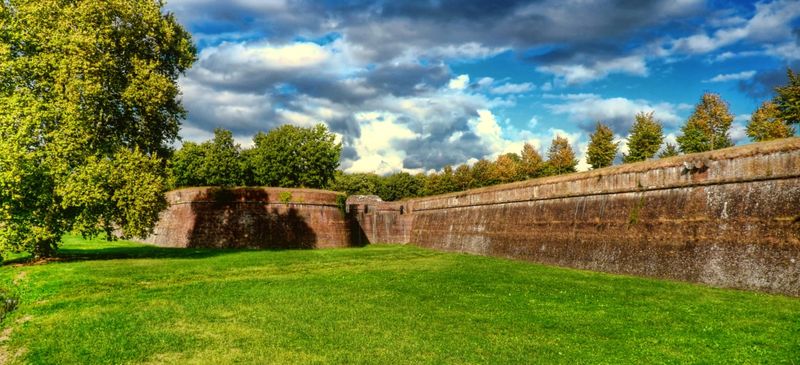
In Tuscany, Lucca stands out with its perfectly preserved Renaissance walls encircling the city. These massive fortifications provide a unique vantage point for leisurely strolls or bike rides. Within, narrow streets open to large, sunlit plazas bustling with cafes and boutiques. Lucca’s historical charm is matched by its lively cultural scene, hosting events like the annual Lucca Summer Festival featuring international artists.
Fun fact: Puccini, the famous opera composer, was born here, and his legacy echoes through the city’s musical traditions.
4. Aarhus, Denmark
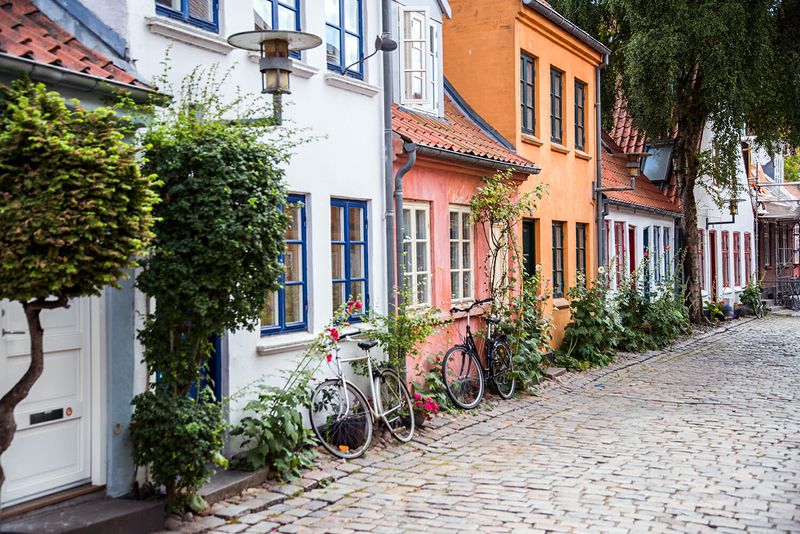
Aarhus, Denmark’s second-largest city, offers a blend of cutting-edge architecture and historic charm. The old town’s cobbled streets are lined with colorful, timber-framed houses, while the city center boasts modern marvels like the ARoS Art Museum. Aarhus’s harborfront is a lively hub, teeming with cafes, restaurants, and cultural events year-round.
Intriguingly, Aarhus was named the European Capital of Culture in 2017, reflecting its dynamic arts scene and innovative spirit.
5. Tartu, Estonia
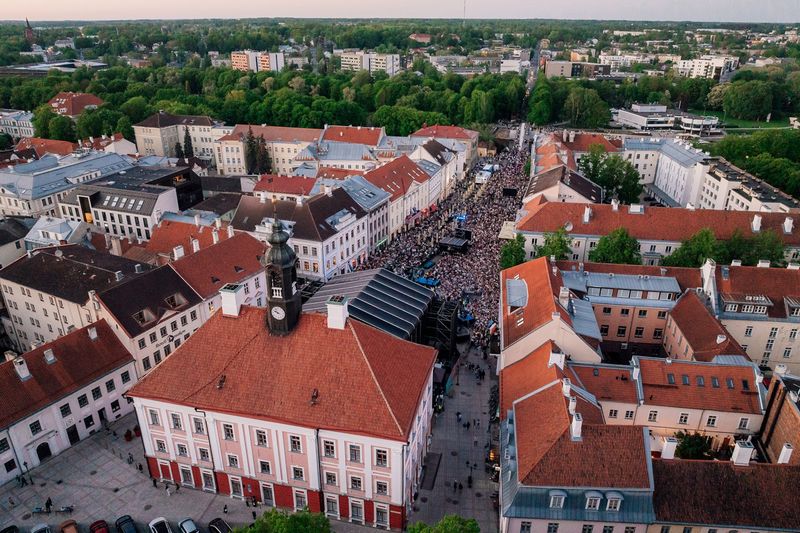
In Estonia, Tartu is renowned as a center of education and innovation. The city’s classical buildings and lush parks create a serene landscape, while the vibrant student population injects youthful energy into the town. Tartu’s University dates back to 1632, and its influence is seen in the city’s intellectual and cultural activities.
A playful trait of Tartu is its love for festivals, from literature to music, allowing visitors to explore the city’s creative soul.
6. Pécs, Hungary
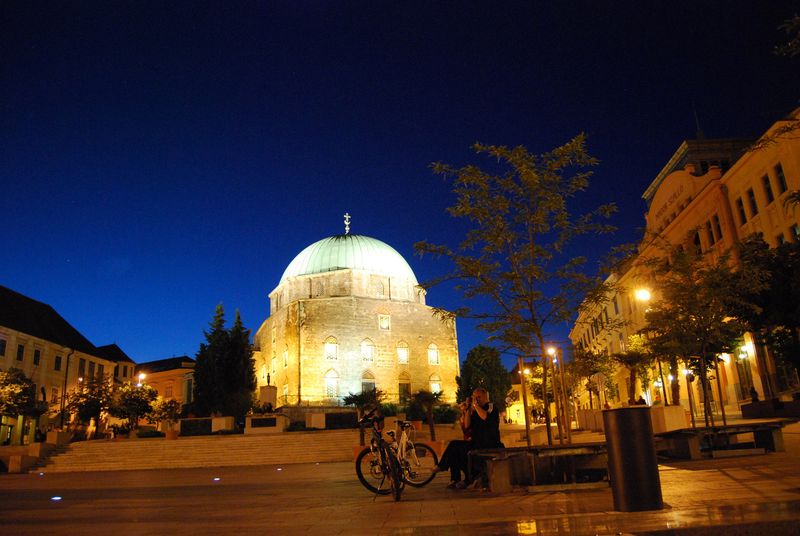
Pécs, a city steeped in history, offers a rich tapestry of cultural influences. Roman ruins lie alongside Turkish mosques and vibrant street art, creating a unique blend of old and new. Nestled among rolling hills, Pécs is a city where history breathes life into every corner.
A fun tidbit: Pécs was named the European Capital of Culture in 2010, celebrating its diverse heritage and contemporary arts scene.
7. Český Krumlov, Czech Republic
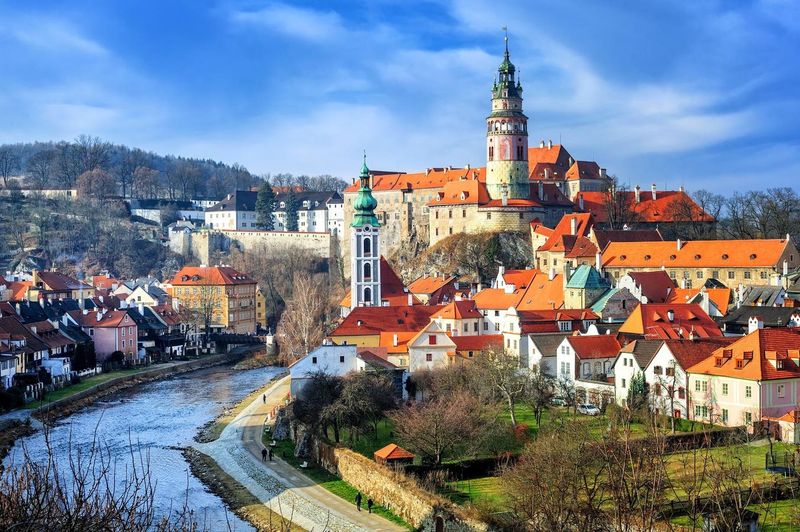
Český Krumlov is the Czech Republic’s fairy-tale town, complete with a towering castle and a picturesque river that winds through the colorful medieval houses. This UNESCO World Heritage site is a feast for the senses, with its historic charm and lively cultural events.
Interesting fact: The castle complex is the second largest in the Czech Republic, offering a stunning panoramic view over the town and countryside.
8. Valldemossa, Spain

Nestled in the Tramuntana Mountains on Mallorca, Valldemossa enchants with its rustic charm and breathtaking scenery. Stone houses adorned with vibrant flowers and terraced gardens create a picturesque setting. This village is famed for its connection to composer Chopin, who spent winters here, drawing inspiration from the idyllic surroundings.
A tidbit: The Carthusian Monastery of Valldemossa was once home to royalty and artists alike, adding a touch of historical intrigue to this peaceful retreat.
9. Bruges, Belgium
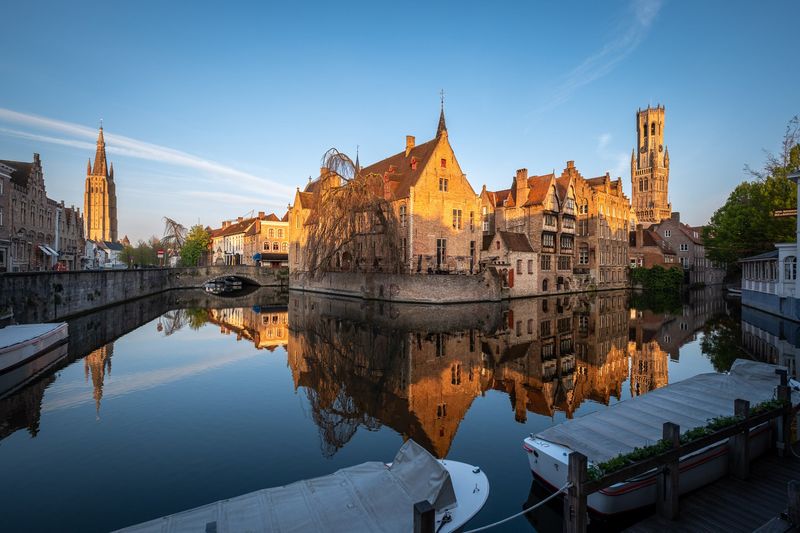
Bruges, often called the ‘Venice of the North,’ is a city where history and romance intertwine. Its cobbled streets and serene canals create an enchanting atmosphere, while gothic architecture tells tales of a prosperous medieval past. Bruges captivates with its timeless beauty, offering a tranquil escape from the modern world.
Fun fact: The Belfry of Bruges, a medieval bell tower, provides a panoramic view of the city and its surrounding landscapes, rewarding those who climb its 366 steps.
10. Lviv, Ukraine
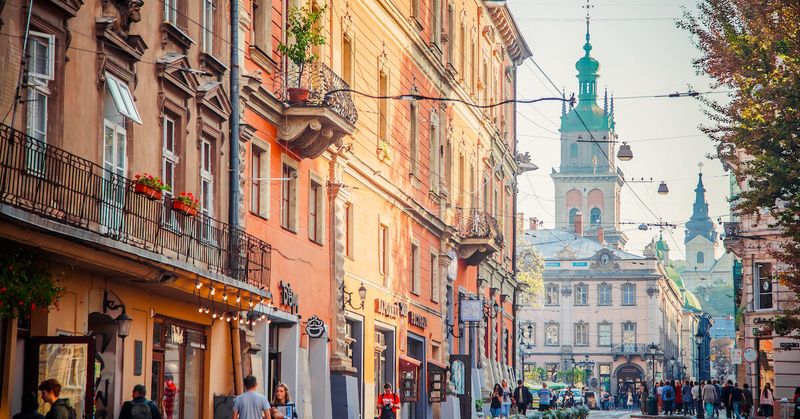
Lviv, a city where Eastern European cultures converge, enchants with its unique architectural blend of Ukrainian, Polish, and Austro-Hungarian influences. The city’s vibrant cafes, bustling squares, and rich history make it a cultural hub in Ukraine.
A quirky note: Lviv is a UNESCO World Heritage site, celebrated for its well-preserved historic center and its role as a melting pot of cultural traditions.
11. Novi Sad, Serbia
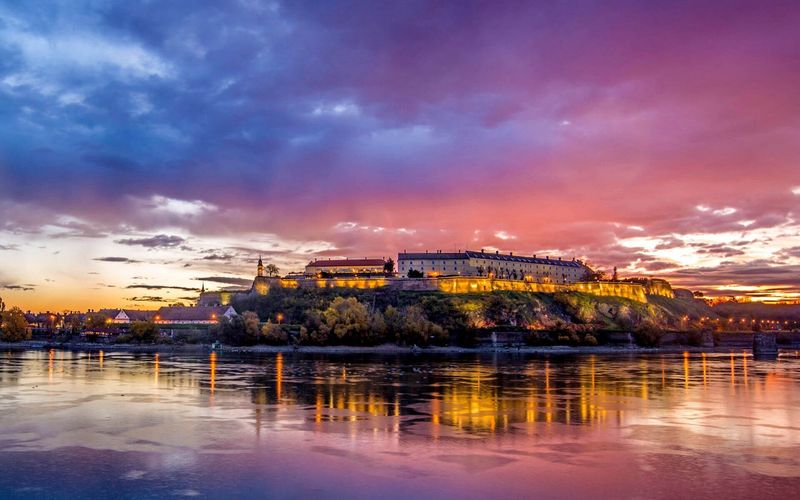
Novi Sad, perched on the banks of the Danube, is Serbia’s cultural heartbeat. The city’s iconic Petrovaradin Fortress hosts the renowned EXIT music festival, drawing global audiences. The lively old town, with its quaint streets and bustling cafes, embodies the spirit of Novi Sad.
Did you know? Novi Sad will be the European Capital of Culture in 2022, showcasing its diverse arts scene and cultural initiatives.
12. Sibiu, Romania
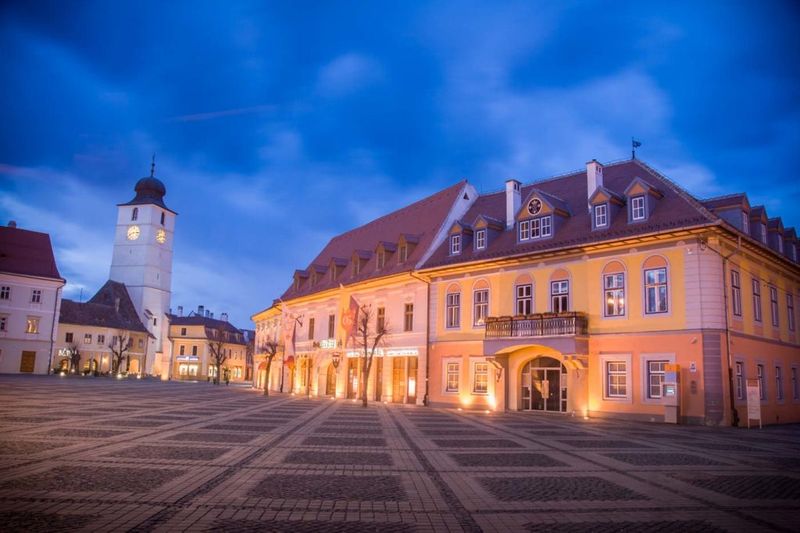
In the heart of Transylvania, Sibiu is a city where Germanic architecture and Romanian culture coalesce beautifully. Its charming squares and narrow alleyways are alive with the echoes of history. Sibiu’s vibrant arts scene, with annual events and festivals, makes it a cultural beacon in Romania.
Interesting tidbit: Sibiu was designated the European Capital of Culture in 2007, a testament to its rich cultural heritage and dynamic arts community.
13. Aix-en-Provence, France
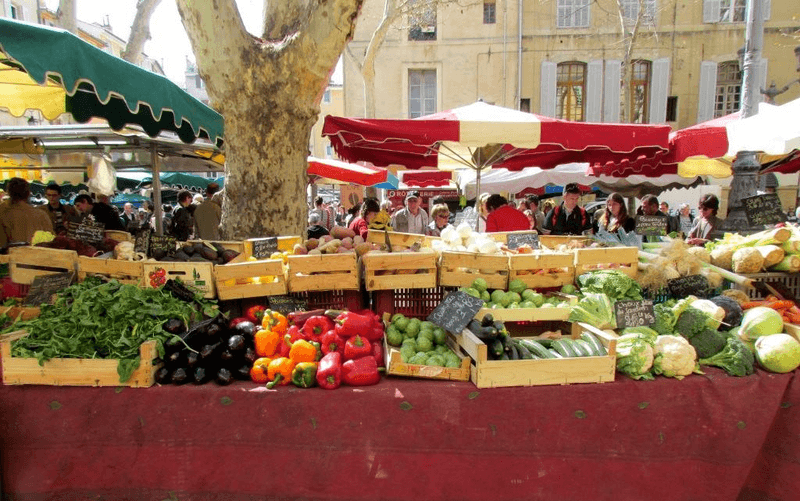
Aix-en-Provence, with its elegant boulevards and vibrant markets, is the epitome of southern French charm. The city’s artistic legacy is celebrated in its museums and galleries, echoing the footsteps of Cézanne, who immortalized its landscapes in his works.
A historical note: Aix was the original capital of Provence, and its Roman baths and fountains tell tales of its ancient past.
14. Graz, Austria
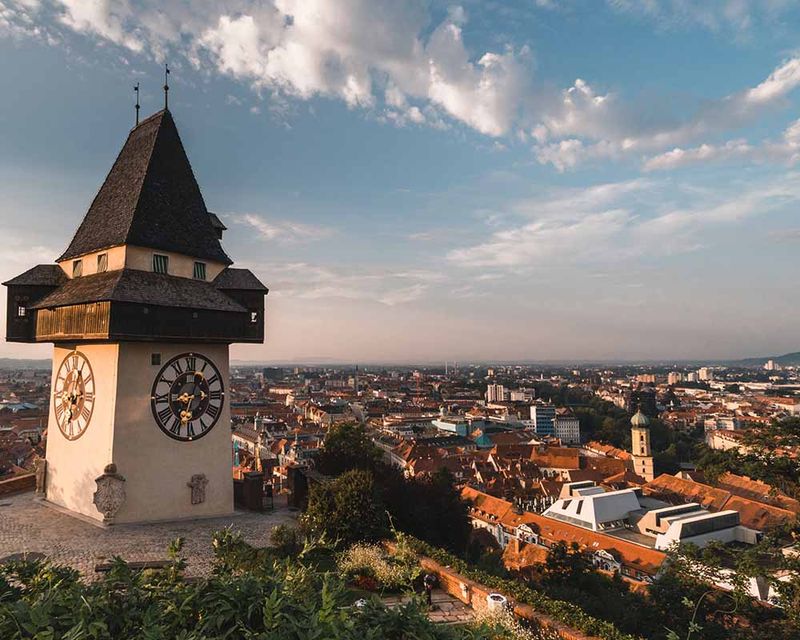
Graz, Austria’s second-largest city, is a harmonious blend of Renaissance and Baroque architecture. Its vibrant student population infuses the city with youthful energy, while its creative arts scene thrives with galleries and performances. Graz’s historic center, a UNESCO World Heritage site, is a testament to its architectural splendor.
Fun fact: Graz was the European Capital of Culture in 2003, showcasing its dynamic blend of history and modernity.
15. Metz, France
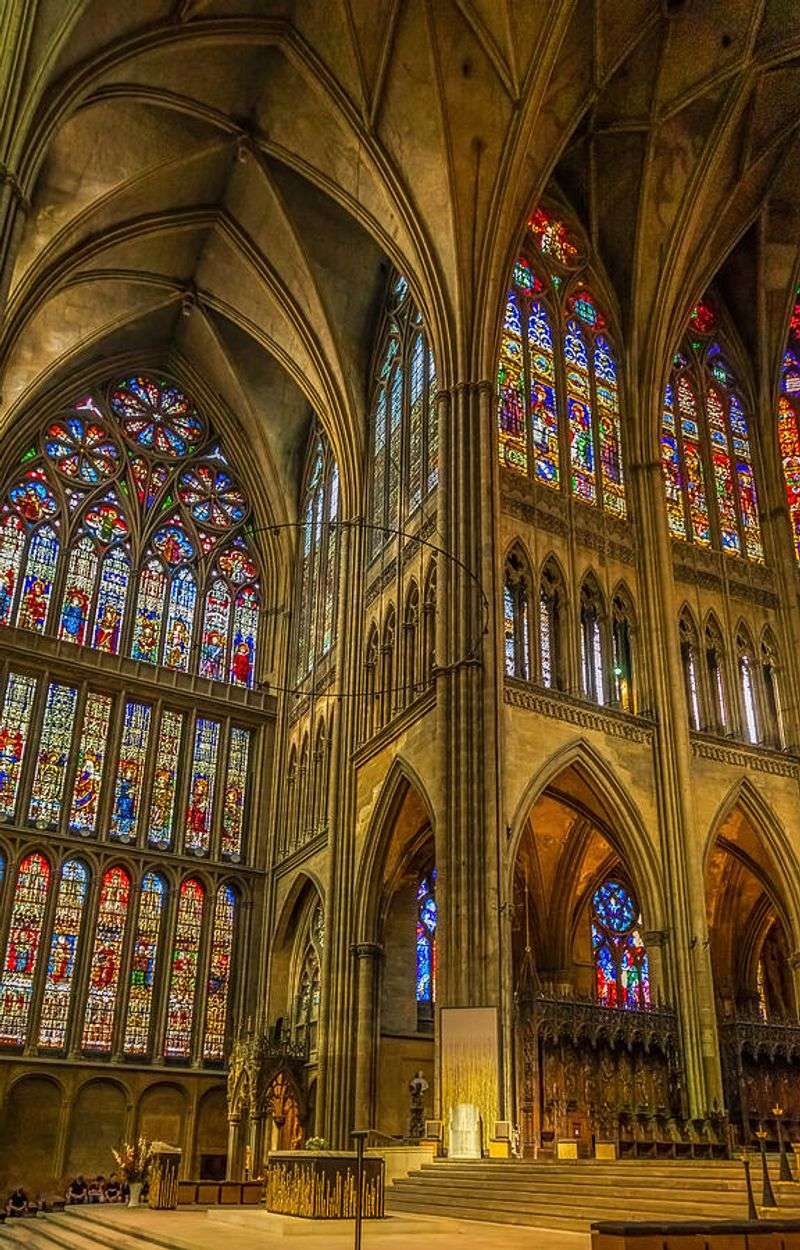
In northeastern France, Metz stands as a city of contrasts, where gothic cathedrals rise alongside modern art installations. The peaceful riverfronts invite leisurely strolls, offering a serene escape. Metz’s architectural diversity and cultural vitality make it a captivating destination.
Did you know? The Metz Cathedral boasts the largest expanse of stained glass windows in the world, a kaleidoscope of color illuminating its interior.
16. Tarragona, Spain
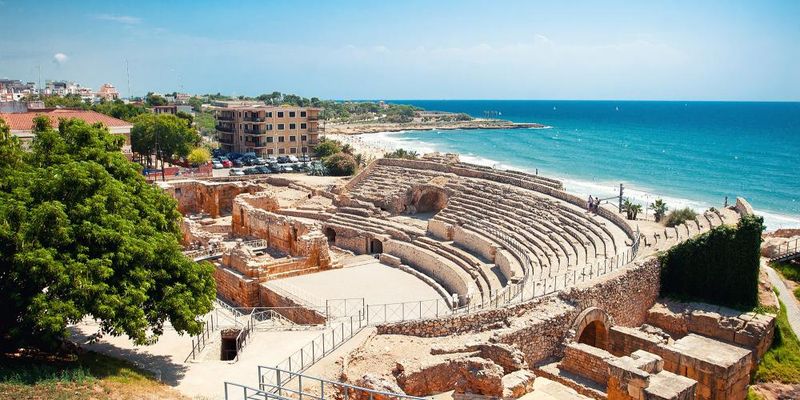
Tarragona, perched on the Mediterranean coast, is a city where ancient Roman ruins meet vibrant port life. Its sandy beaches and historic sites offer a perfect blend of relaxation and exploration. Tarragona’s lively festivals and cultural events celebrate its rich heritage and coastal charm.
A fun fact: The Roman amphitheater, overlooking the sea, once hosted gladiatorial contests and now offers breathtaking views for visitors.
17. České Budějovice, Czech Republic
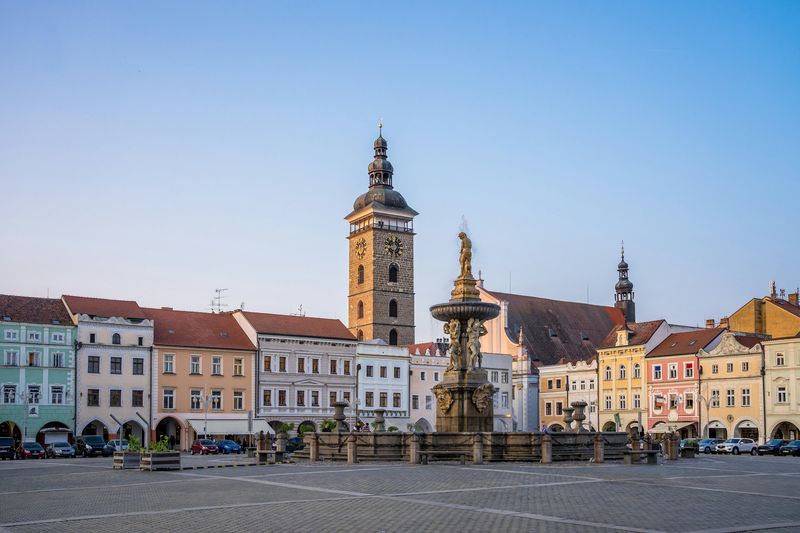
Nestled in the heart of South Bohemia, České Budějovice captivates with its vibrant city square and rich brewing history. Imagine wandering through streets echoing centuries of tales, where colorful Baroque facades frame the horizon.
A local legend whispers about the origins of Budweiser beer, first brewed here in the 13th century. Visitors can explore the original Budweiser brewery, immersing themselves in a world where hops and history intertwine.
Beyond beer, the city offers a lively cultural scene. Concerts in grand halls and cozy cafes abound, making it a perfect stop for music lovers.

